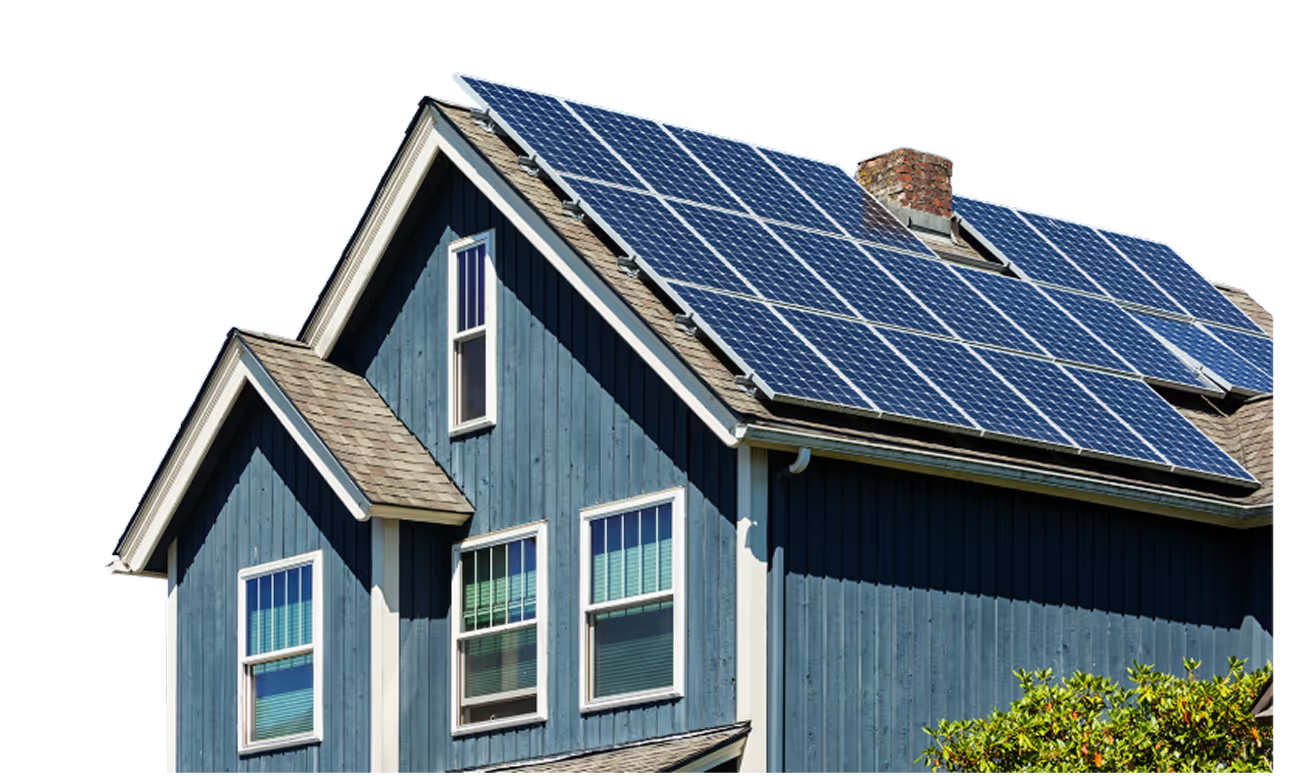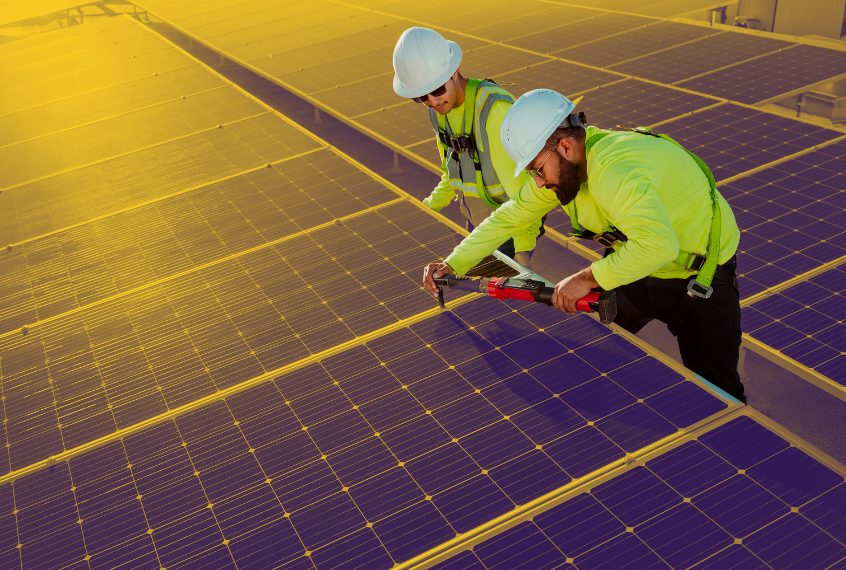
Thinking of harnessing Malaysia’s abundant sunshine? Choosing the right solar panel can be the difference between real savings and missed opportunities. With more homeowners and businesses turning to renewable energy, understanding which solar panel suits your needs is the first step toward a brighter, more cost-effective future.
In this guide, we’ll walk you through Malaysia’s growing solar energy landscape, the different types of solar panels available, and why selecting the right one is crucial for long-term success. Plus, we’ll explore key factors to consider before making your investment.
Overview of Solar Energy Adoption in Malaysia
Malaysia’s solar energy adoption has seen impressive growth in recent years, fuelled by government initiatives like the Net Energy Metering (NEM) programme and the Green Technology Financing Scheme. As electricity costs continue to rise and climate change concerns deepen, more Malaysians are recognising the value of installing solar panels on their rooftops.
The country’s strategic location near the equator means abundant sunshine year-round, making solar energy a practical and sustainable solution for residential and commercial properties alike. With financing options like Rent-To-Own (RTO) plans now widely available, solar energy is no longer just for the privileged few. It’s accessible to everyday homeowners looking to take control of their electricity bills.
What Are The Types Of Solar Panels Available In Malaysia?
There are three main types of solar panels commonly used in Malaysia: monocrystalline, polycrystalline and thin-film. Each has its own strengths, depending on your energy needs, budget, and available roof space. Among them, polycrystalline panels are often the go-to for homeowners due to their lower cost and reasonable efficiency, especially in spacious residential setups.

In recent years, monocrystalline panels have gained popularity as technology improves. You may come across terms like N-type, P-type, PERC, TOPCon, or HJT. These aren’t separate panel types-they’re advanced technologies within the monocrystalline category that offer better durability, efficiency, and long-term performance. For example, N-type panels are more resistant to light-induced degradation, while HJT panels blend crystalline and thin-film benefits for higher power output.
There’s also a lesser-known option: hybrid solar panels. These combine electricity generation with heat collection, offering a two-in-one solution that produces both power and hot water. While not yet common in Malaysia, hybrid panels may suit homes or businesses with high energy and water heating needs.
Each panel type serves different goals whether it’s maximising efficiency, reducing upfront costs, or balancing both. We’ll break down how they differ in appearance, materials, performance, and suitability for Malaysia’s climate.
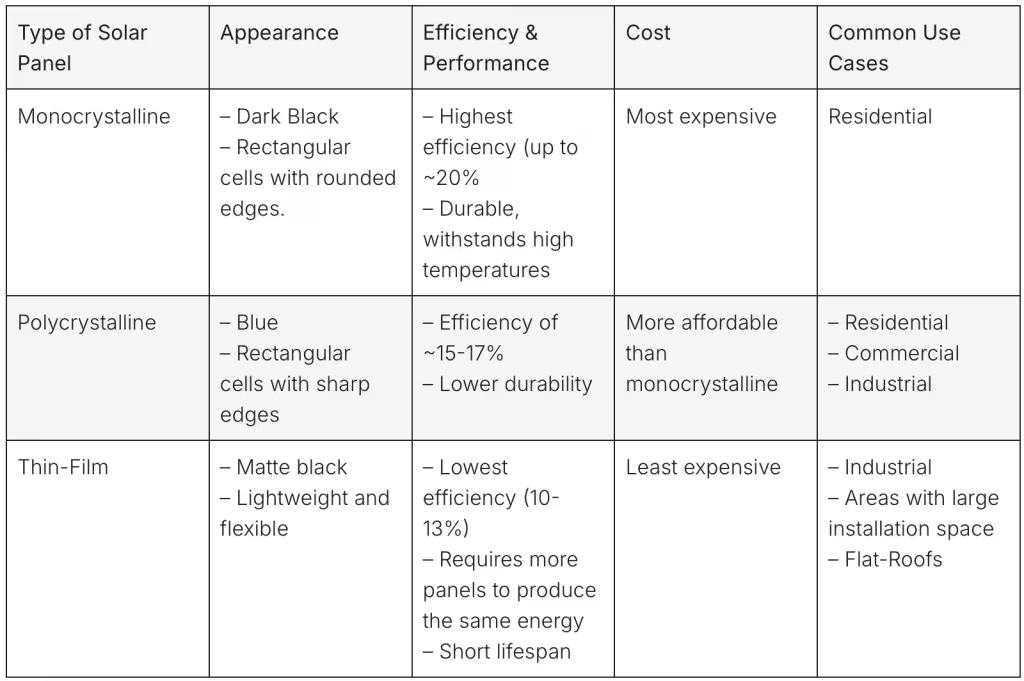
How Solar Panels Look: Appearance and Colour Differences
One of the most noticeable differences between solar panel types is how they look, especially in terms of colour, texture, and structure. These visual traits are shaped by materials and methods used during manufacturing.
Monocrystalline
Monocrystalline panels are easily recognised by their deep black appearance. This comes from their use of high-purity silicon, which absorbs light more uniformly. Some sources suggest that the interaction of sunlight with trace elements like sulfur atoms in the silicon further contributes to their dark tone. The individual cells are typically square with rounded edges, which creates visible gaps between each cell in the panel layout. While the silicon itself cannot be recoloured, frame and back sheet options are customisable with black, silver, or white being the most common in Malaysia.
An important design feature in monocrystalline panels is whether they are monofacial or bifacial. Monofacial panels absorb light only from the front, while bifacial panels can generate electricity from both sides. When installed above light-reflective surfaces like concrete or sand, bifacial panels can achieve higher energy output using the same amount of space. Panels such as the Trina Vertex S+ and REC Alpha Pure, offered by GetSolar, are examples of this advanced bifacial technology combining performance with sleek aesthetics.

Polycrystalline
Polycrystalline panels, on the other hand, tend to be blue with a marbled texture. This distinctive appearance comes from multiple silicon crystals reflecting sunlight at different angles, creating a shimmering, speckled effect. These panels also use square-shaped cells, but unlike monocrystalline panels, they are aligned edge to edge without gaps. Frame and back sheet colours are generally limited to silver or white, giving polycrystalline panels a more conventional, metallic look.
Thin-Film
Thin-film panels offer the most minimalist and modern visual profile. Depending on the material used, they can appear solid black or dark blue, with no visible cell lines. The standout feature is their ultra-thin build, thin-film solar cells can be up to 350 times thinner than standard silicon cells. This sleekness allows them to blend into rooftops more discreetly and makes them suitable for non-traditional surfaces, such as curved or lightweight structures.
From a design perspective, each panel type offers a distinct visual identity, which may influence your decision especially if aesthetics matters for your home. But these visual differences aren’t just skin-deep. They’re often tied to how each panel performs in terms of energy output, durability, and space efficiency in Malaysia’s climate.
What Solar Panels Are Made Of: Materials and Manufacturing
To understand why some solar panels better or cost more, it helps to know what they’re made of and how they’re built.
Monocrystalline and polycrystalline panels are both made from silicon, the most widely used material in solar technology because of its excellent ability to convert sunlight into electricity.. These panels begin with thin slices of silicon called wafers, which are assembled into rectangular modules and protected with a layer of glass.
The main difference lies in how the silicon is processed. Monocrystalline panels are made using the Czochralski method, where a single, pure silicon crystal is grown from molten silicon and then sliced into wafers. This uniform structure allows electrons to flow more easily, improving efficiency.
Polycrystalline panels, on the other hand, are made from multiple silicon crystals. Instead of pulling out a single crystal, the molten silicon is left to cool and from fragments. Once solidified, the silicon is cut into wafers and assembled into a panel. This process is more cost-effective, but the mixed-crystal structure makes energy flow less efficient.
Thin-film panels take a completely different approach. Instead of wafers, they’re made by depositing ultra-thin layers of photovoltaic material such as cadmium telluride (CdTe), amorphous silicon, or copper indium gallium selenide onto surfaces like glass. This makes thin-film panels lightweight, flexible, and visually sleek. While easier and cheaper to manufacture, they usually don’t generate as much electricity as silicon-based panels.
Which Panel Performs Best? Efficiency and Performance Comparison
When comparing solar panels, efficiency is one of the most important factors it tells you how much of the sunlight hitting the panel converted into usable electricity.
Monocrystalline panels are the top performers, with an average efficiency of around 20% or more.. This is thanks to their high-purity silicon and uniform crystal structure, which allows electrons to move more freely. They’re also more durable and better suited for Malaysia’s high temperatures and humidity. Most monocrystalline panels contain 60 to 72 cells, and they often come with advanced technology like:
• N-Type: Uses phosphorus-doped silicon for greater durability and resistance to light-induced degradation (LID). Panels like the Jinko Solar feature N-Type i-TOPCon technology, offering high output with long-term reliability.
• P-Type: A more affordable option made with boron-doped silicon, but slightly more prone to LID.
• PERC (Passivated Emitter Rear Contact): Tech boosts efficiency by reflecting unused light back into the cell.
• TOPCon (Tunnel Oxide Passivation Contact): Enhances PERC with a thin oxide layer, further improving energy yield and thermal performance.
• HJT (Heterojunction Technology): Combines silicon with thin-film layers for better low-light and high-temperature performance. Panels like the REC Alpha Pure panels are great examples.
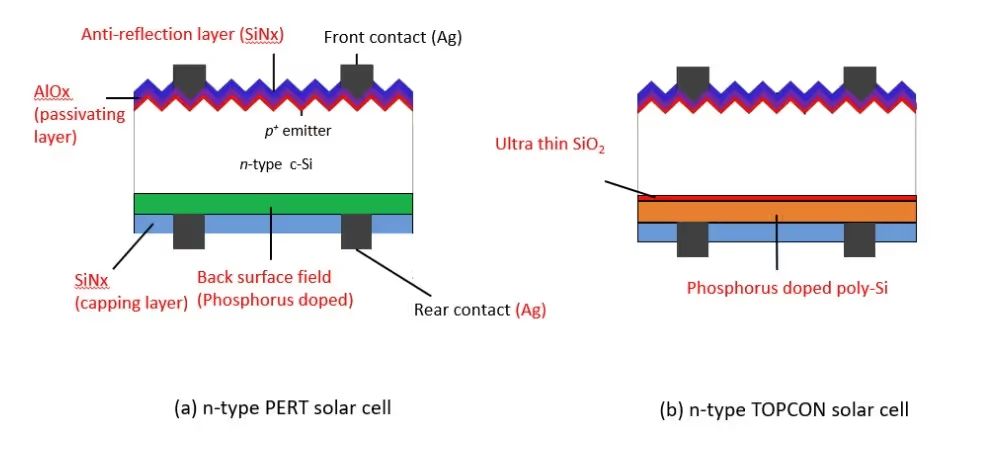
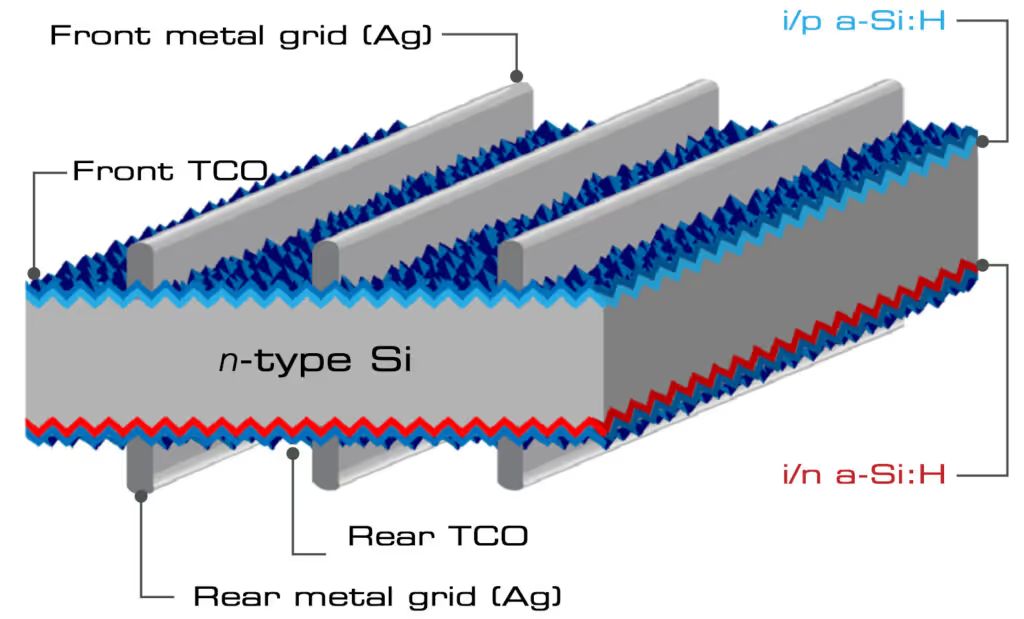
At GetSolar, we also offer Jinko Solar panels, a durable, high-efficiency monocrystalline panels trusted around the world for their performance and reliability. Designed to handle tough weather and deliver consistent output, they’re a great fit for homeowners who want peace of mind and long-term energy savings.
Polycrystalline panels are more budget-friendly but slightly less efficient, with rates around 15 to 17%. The mixed crystal structure makes it harder for electricity to flow, and they can lose performance more quickly under intense heat something to consider in Malaysia’s tropical climate. However, if you have a large roof and want to reduce costs, polycrystalline systems still offer good value.
Thin-film panels are the least efficient of the three, typically achieving 10 and 13% efficiency. Their power output depends heavily on the size of the system, since more surface area is needed to match the performance of mono or polycrystalline panels. They’re best suited for large, open areas with minimal shading like commercial rooftops, agricultural buildings, or flexible mounting environments.
Factors to Consider When Choosing a Solar Panel
Choosing the right solar panel isn’t just about finding the most efficient model or the cheapest price. It’s about finding a panel that suits your space, budget, and energy needs.
If your roof space is limited, higher efficiency monocrystalline panels are usually the best option. They generate more power per square metre, helping you get the most out of a compact area though they come with a higher upfront cost.
If you have a larger, unobstructed roof, you might be able to install more affordable polycrystalline panels and still meet your energy targets. These panels are less efficient but offer solid value when space isn’t a constraint.
Thin-film panels are best for specialised installations, like curved roofs, lightweight structures, or portable setups. However, they’re not ideal if your priority is maximising energy output from a small footprint.
You’ll also need to consider your environment. Malaysia’s tropical climate with high heat, humidity, and occasional cloud cover demands panels that can perform well in challenging conditions. Shading from nearby trees or buildings can reduce output, so it’s always a good idea to get a site inspection before making a final decision.
Finally, take full advantage of government incentives. Programmes like Net Energy Metering (NEM) and green tax reliefs can significantly reduce costs and improve your return on investment.
Want to dig deeper? Read our full guide on how to choose solar panels in Malaysia.
Get The Most From Malaysia’s Sun
With Malaysia’s year-round sunshine and growing government support for clean energy, there’s never been a better time to go solar. Whether you value efficiency, affordability, or installation flexibility, choosing the right solar panel is key to making the most of your investment.
By understanding the differences between monocrystalline, polycrystalline, thin-film, and even hybrid panels and considering factors like roof space, energy needs, and local incentives you’ll be in a strong position to make a smart, future-ready choice.
Ready to power your future with the sun? Get your free quote or chat with us to find your perfect solar fit today.

Rent-to-Own Solar. RM0 Upfront cost. Guaranteed Savings
Immediate ROI




Rent-to-Own Solar. RM0 Upfront cost. Guaranteed Savings
(10-Year RTO plan)
+ 10-Year Free Maintenance





.png)


